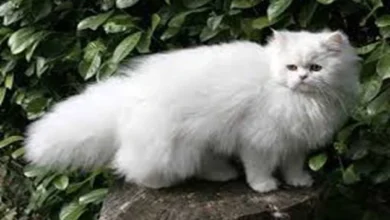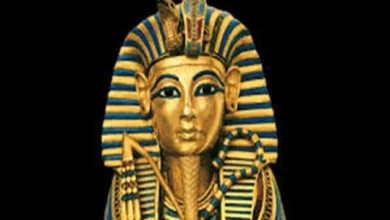Bastet (Bast) – the patroness of cats
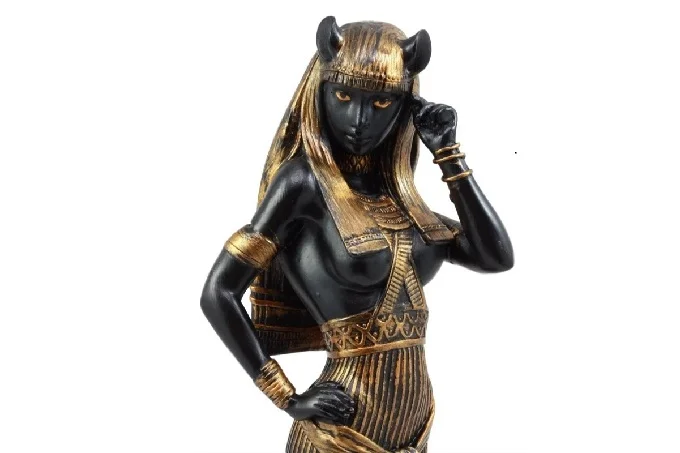
Bastet (Bast) is the supreme goddess of Ancient Egypt. A goddess of radiance and sunlight. The patroness of the hearth, love, fertility, lover of fun, singing, and dancing. Protector from evil forces and diseases.
Bastet is a patroness of cats, but what do we know about her origin, life, and image of the protector of the home?
The symbol is the star Sirius
Four kittens next to the goddess symbolize fertility, prosperity, offspring, and love.
Origin
The goddess’s father was Ra, and her mother was the goddess Hathor. Some sources consider Bast’s parents to be Osiris and Isis. Bastet is the sister of the sky goddess Nut and the moon god Khonsu. Most often, Bastet is called the wife of Ptah. Maahes was the son of the goddess, the god of war, with the head of a lion.
Bast appeared in two incarnations. The first is with the head of a cat, and this is the good essence of the goddess. The second is with the head of a lioness, and this is the aggressive essence of the goddess.
Identification with other deities
When the end of the Old Kingdom approached, Bastet was often identified with the goddesses depicted with the heads of the lionesses Sekhmet and Tefnut. In the New Kingdom, Bast became identified with the goddesses Mut and Hathor. The ancient Greeks identified Bastet with Artemis.
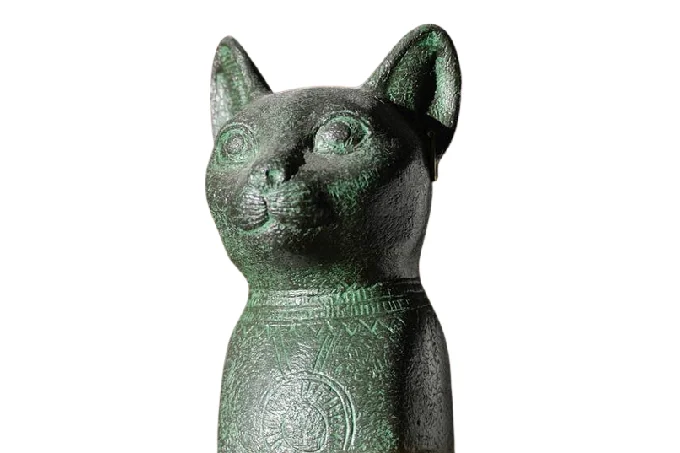
Activity
Initially, she patronized cats, both domestic and wild. She was kind to women and children. Bastet was considered the guardian of the hearth, personified harmony in the house, love, and mutual understanding.
Bastet was a protector from diseases, adversity, and evil forces. A black cat was painted in the sick man’s house. Thus, the attention of the goddess was attracted. Women who could not get pregnant turned to Bast, they asked the goddess to grant them health and speedy offspring. The Egyptians believed that if you asked Bastet to stop the aging process, the goddess would help.
Later, Bastet became the goddess of fertility. Farmers brought offerings to her, and asked her to help with the harvest, with good weather. Bastet gave people sunlight, rain, and fertilized the soil. Working on the ground, gave energy, strength, and diligence.
Mythology
At a certain period, the gods became dissatisfied with people, they considered the behavior of the human race unacceptable. Then Ra decided to punish the mortals and turned to Bastet. She, turning into a lioness, went to the ground. The goddess did not spare even children, and the earth was filled with the blood of the dead people.
Nothing came of it when the gods decided to subdue the angry goddess. People had to look for salvation themselves. They spilled beer on the ground, painting it red. The goddess mistook the drink for blood and peeled it off. And when she got drunk and fell asleep, the gods took her away.
However, according to another interpretation of this myth, it follows that it was people who rose up against the gods. They wanted to overthrow Ra, and Bastet acted as his protector.
In one of the myths, the goddess again turned into a lioness when she was angry with Set. And when a butterfly flew into Bastet’s chambers, she, trying to drive her away, was accidentally burned by the flame of a diluted fire. Angered, Bast called Horus and asked him to kill the butterfly. But he refused, and asked the goddess what she thought of the guest who had flown in. While Bastet was thinking, Horus said that this butterfly symbolized the calm that Bastet should learn.
Cult
It was believed that Bastet could transmit messages through cats. Therefore, there were special priests who took care of cats, watched them, and communicated with them.
Sacrifice
Bast was sacrificed with meat, fruits, intoxicating drinks, and cat figurines. She was a national deity. If a cat died in the house, the owners would shave off their eyebrows as a sign of grief—trouble for someone who accidentally ran over a cat. The culprit of the death of the animal, the Egyptians, will sentence the person to death by throwing stones.
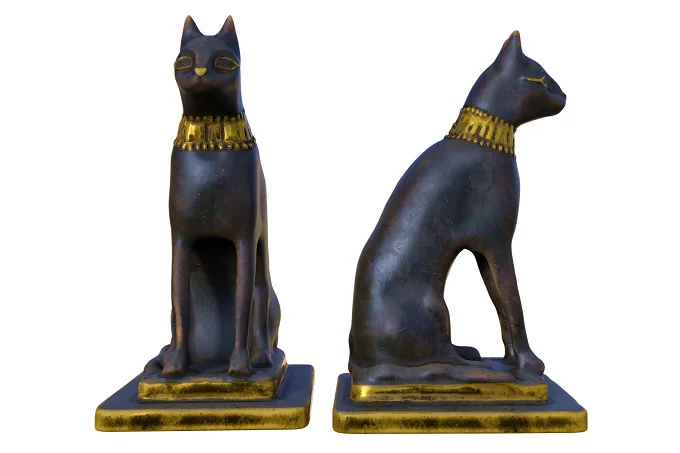
Bast is an ancient deity. Historians believe that the cult of worship of this goddess appeared before the second millennium BC. However, the heyday of veneration of Bastet is considered to be the beginning of the reign of the twenty-second dynasty (this is the tenth century BC).
The center of the cult of the goddess was in the city of Bubastis. The city was located in Lower Egypt. Herodotus (An ancient Greek historian) wrote about the sanctuary of the goddess. The view of the temple of the goddess opened from all parts of the city. The city was raised by an embankment, and the temple remained in its place. The very location of the sanctuary, except for the entrance, was on the island, which was washed by the Nile from all sides.


